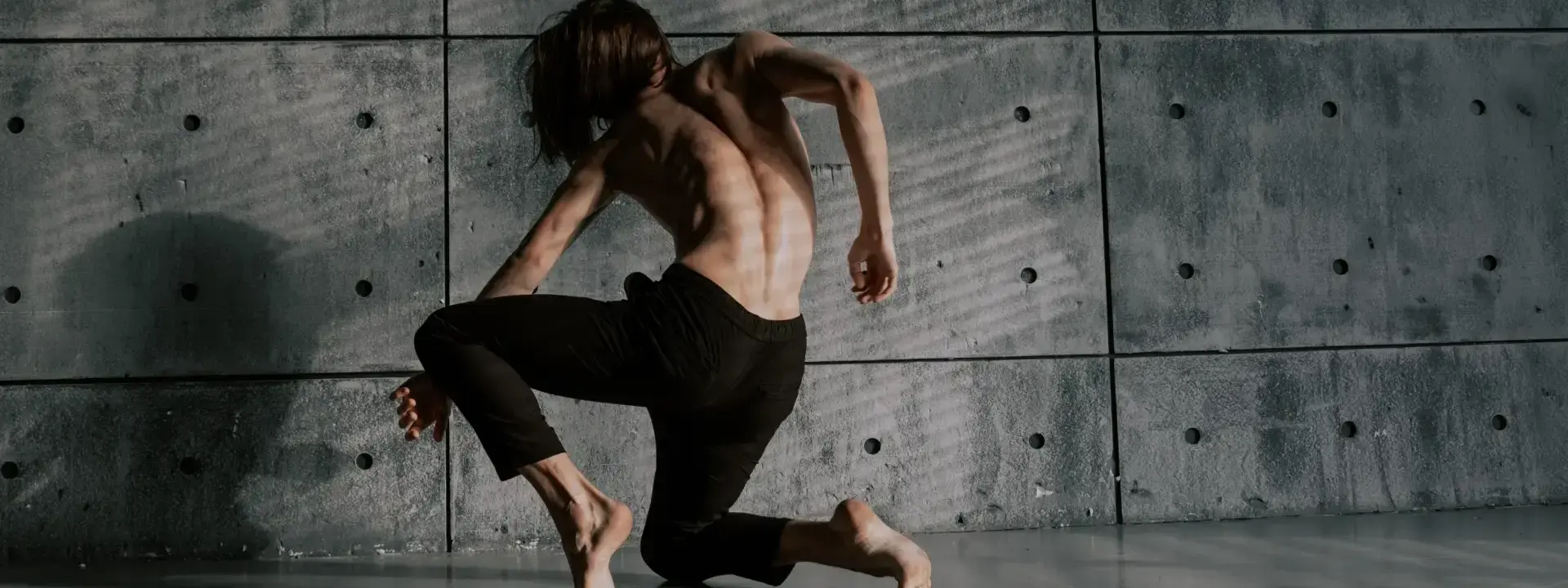
Dancer Job Description
What is a Dancer Professional?
A dancer is an individual who performs the art of dance. A dancer typically uses their body and movement to express themselves and tell a story or convey a message through their choreography. Dancers are often classically trained in ballet, jazz, tap, contemporary and hip hop styles. However, many dancers also improvise or create their own unique style of dancing. Dancing can be traced back to prehistoric times when it was used as a form of expression and storytelling by ancient cultures. In more recent history, dance has been used as entertainment at balls and court festivals throughout Europe during the Middle Ages and Renaissance periods respectively. Over time, dancing evolved into both an artistic practice popularized by professional performers (such as ballerinas) on stage; as well expressive movements performed without music that were created for social interaction purposes (such as swing dancing). Social dances such as square dancing remain popular today while ballets and other classical performances still maintain large followings around the world
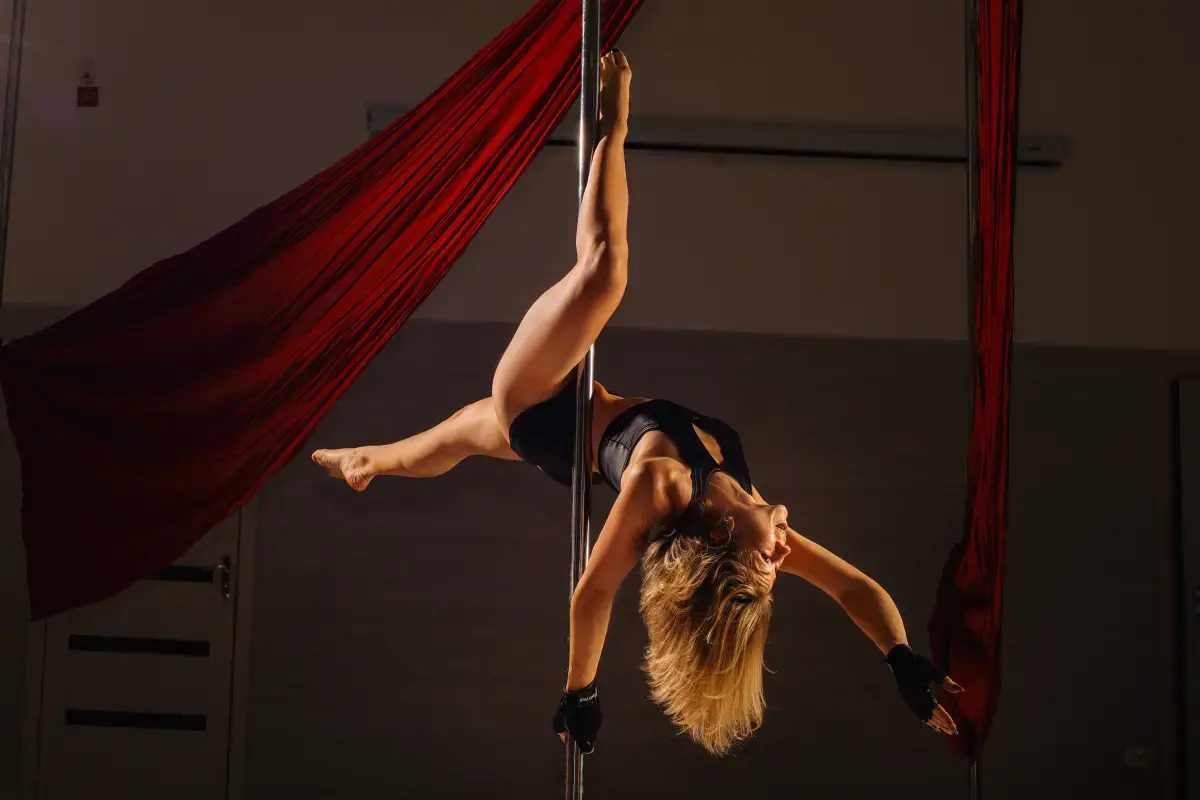
What does a Dancer Expert do?
The physicality of being a dancer requires great strength, flexibility aerobicity & stamina from its practitioners .Dance is both mentally & physically challenging , demanding concentration split-second timing .When people think about what it means to be "a good dancer", they usually think about somebody with rhythm who can move gracefully across the floor .This overlooks one very important aspect however : proper technique ! Many people have natural rhythmic ability but lack training in how to use their bodies correctly resulting improper weight placement which puts strain unnecessary stress on muscles ,joints ligaments leading pain overuse injuries
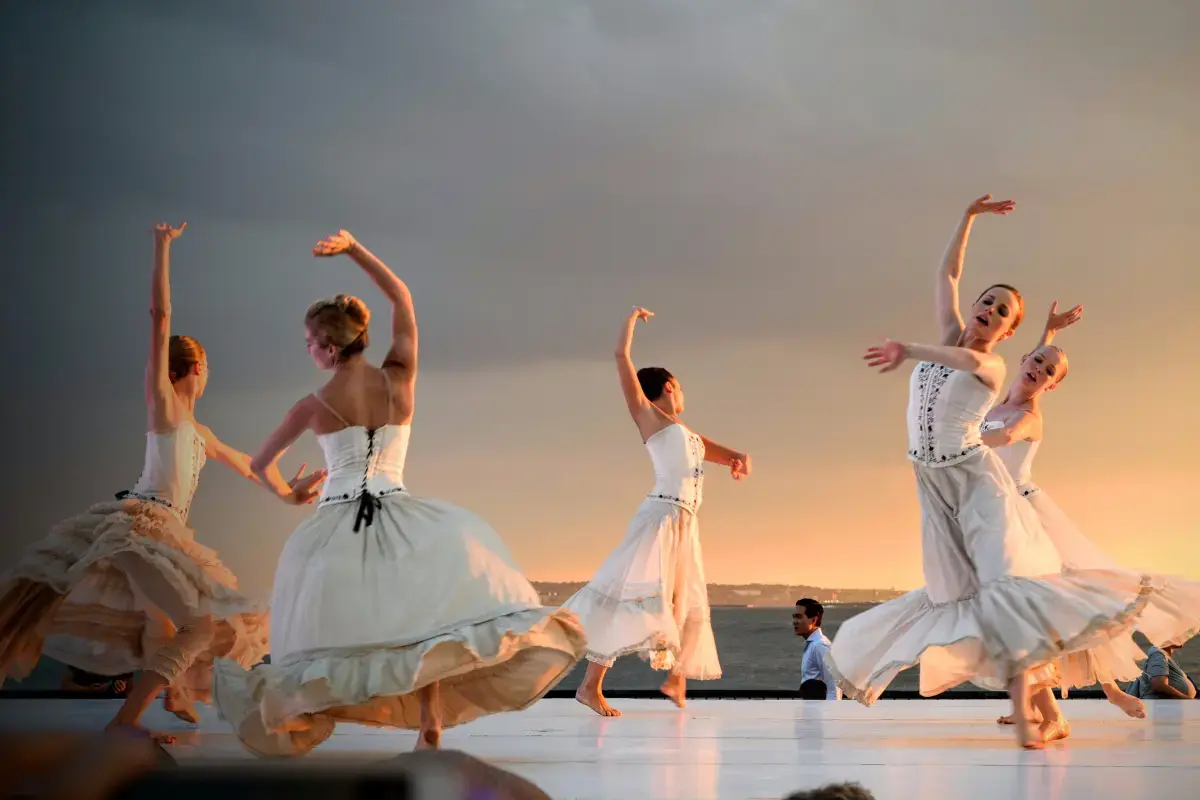
What are the Skills of a Dancer?
A dancer needs to be adaptable, aware of their environment and surroundings, and have a good sense of timing. They need to be able to pick up on cues from other dancers around them, as well as being able to lead or follow depending on the situation. In addition, dancers need to have good physical endurance and flexibility in order minimize injuries while dancing. As far as experience goes, it is helpful for dancers to have taken some sort of dance class in order to learn the basics.
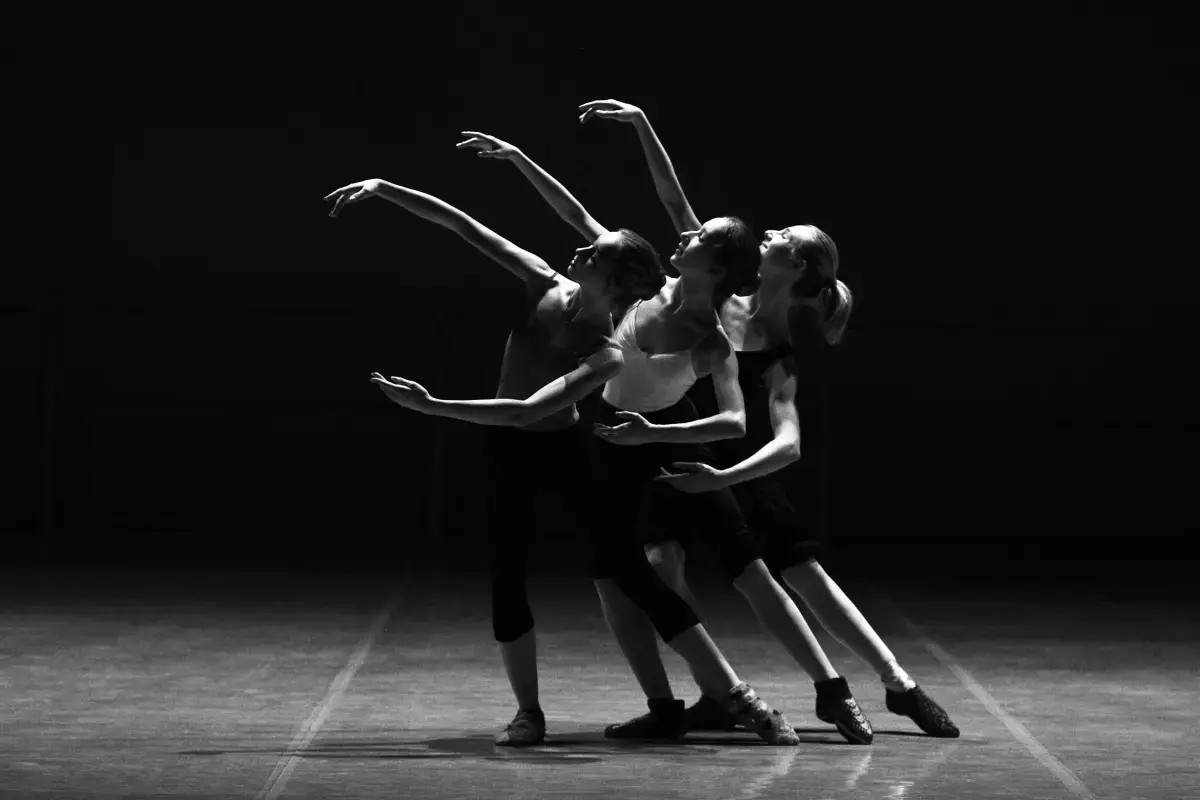
What makes an Expert Dancer?
However, many professional dancers did not take classes and instead learned through observation and imitation. Experience also varies depending on what kind of dancing a person wants to do. For instance, those interested in ballet will need a very different experience than those wanting to be hip-hop dancers. In general though, the more versatile a dancer is, the better their chances are of getting work. Technical skills include travel, turn, elevation, gesture, stillness, floor work, transfer of weight), dynamic content (eg fast/slow, sudden/sustained, strong/light, direct/indirect, flowing/abrupt), spatial content (eg pathways, levels, directions, size of movement, patterns, spatial design),
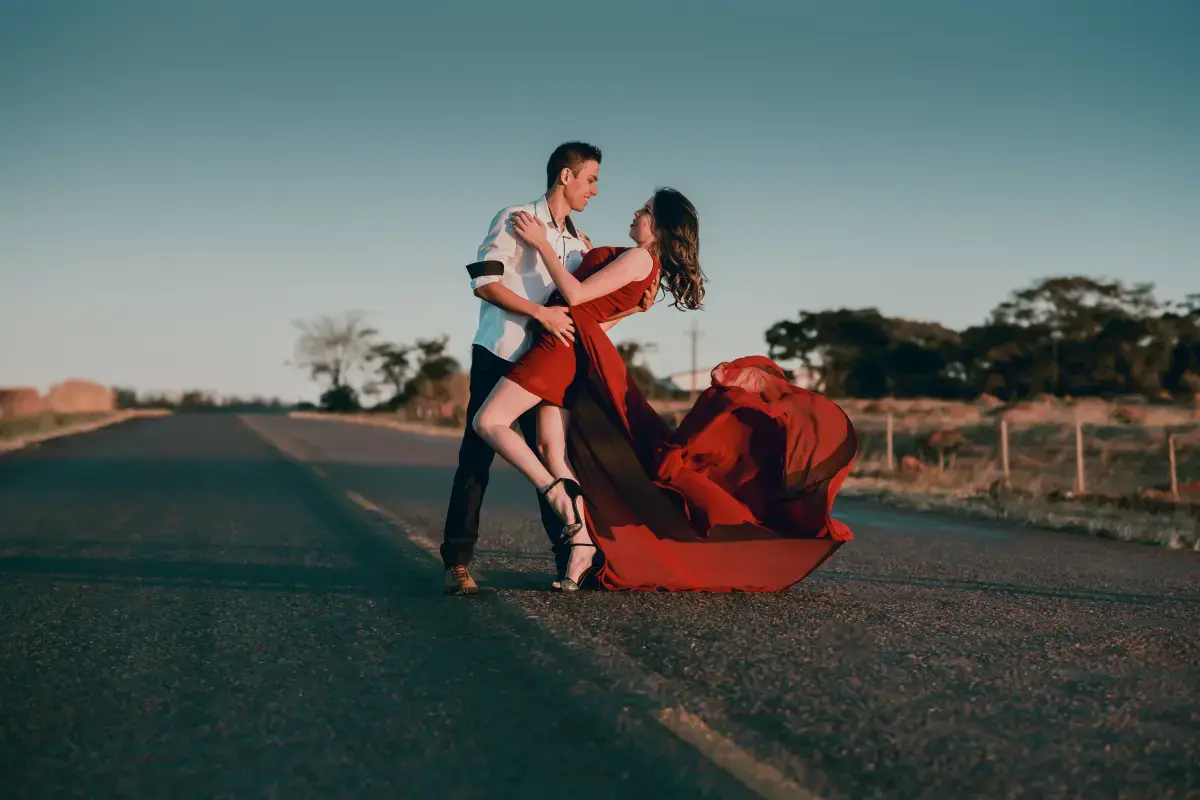
What level of Experience & Qualifications are required to be a Dancer?
Industry experience: Previous professional performance and rehearsal experience; understanding of the entertainment industry, including contracts, booking processes, and collaborations with other creative professionals. 2. Training: Professional-level technical training in ballet (or a style specific to the desired genre of dance), jazz technique/improvisation, contemporary dance styles such as Horton or Graham-based techniques; knowledge of anatomy for dancers; conditioning classes such as Pilates or yoga may be beneficial depending on specialization preference. 3. Qualifications: Performance qualifications from recognized institutions are highly sought after by employers—these can include Royal Academy of Dance grades 1–8/intermediate foundation examinations or vocational examinations at an advanced level (RAD); ISTD Modern Theatre graded exams up to Advanced 2 Level; UKA Tap Grades 1–6/Advanced Foundation examination). Achieving these levels indicates proficiency in both classical and commercial styles which is often preferred over specialized expertise in one particular field only. Additionally, it demonstrates dedication towards mastery within the profession that many employers look for when recruiting staff members who will represent their company’s brand positively onstage & offstage alike! 4. Education : Bachelors Degree programs focusing on dance performance & choreography are available through several universities around the world - although not essential they do offer valuable insight into current trends within various genres while also providing students with access to contacts & resources useful throughout their career path!

What is the Salary of a Dancer?
The salary of a dancer can vary greatly depending on experience, skill level and job location. At the junior level, dancers typically earn an hourly wage that is lower than senior-level dancers. This could range from $10 to $20 per hour for entry-level positions in regional dance companies or schools. For more experienced professional performers at larger venues such as Broadway shows and major touring productions, salaries may be higher with a starting rate around $50/hr; however this amount can increase significantly based on performance bonuses or other incentives provided by employers. At the senior level, highly skilled and experienced dancers often command much higher wages due to their expertise and reputation within the industry. Professional ballet companies have been known to pay upwards of $100+ per hour while some competitive stage performances offer even greater amounts up into six figures annually (or more). These are usually reserved for principal roles which require extensive training & practice with few qualified applicants available worldwide making them one of the most sought after jobs in entertainment history!
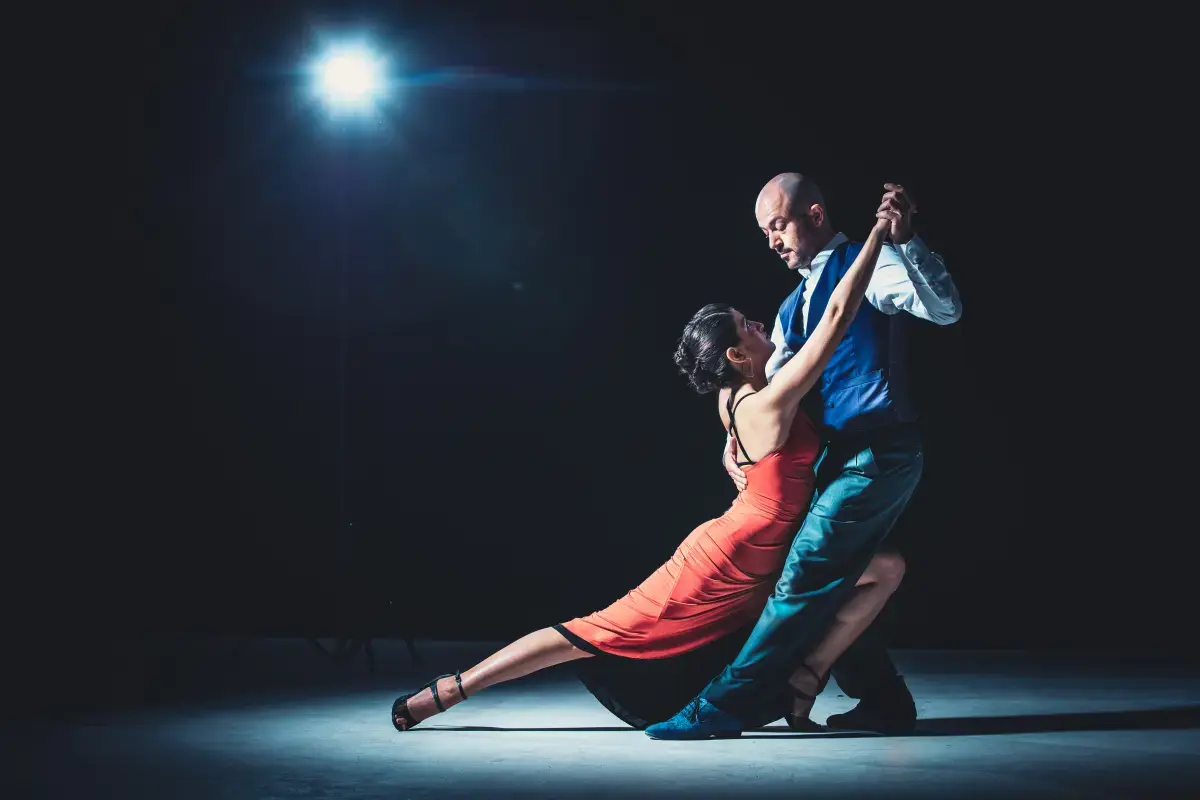
What are the Working Conditions for a Dancer?
A dancer’s general working conditions will vary depending on the type of dance they are doing and the company or venue that they work for. Generally, dancers can expect to be rehearsing and performing in various venues with different audiences. They may also have to travel frequently if their job requires them to perform at events around the country or even internationally. Dancers must often rehearse several hours a day in order to perfect their routine before performances; this includes stretching exercises, learning choreography, practicing technique, etc. Dancers usually have regular classes with an instructor who help them hone their skills and improve upon existing routines as well as develop new ones for upcoming shows/performances. Dance performance contracts typically require long hours each week from dancers (sometimes up to 12 hour days) including both rehearsal time and actual showtime which is usually spent backstage preparing costumes or makeup prior to going onstage along with post-show cleanup duties such as putting away props used during a performance after it has concluded. Depending on where a dancer works there might also be additional responsibilities required like teaching classes when needed by other instructors due sick leave or vacation absences within companies/venues providing dance instruction services not just entertainment productions & performances). Additionally many performers receive compensation based on how successful each individual show was so while some nights one could make more money than others depending largely upon audience attendance size & response rate experienced following every production presented throughout any given season - these types of payouts arent always guaranteed since most jobs dont come along with benefits packages provided by employers beyond basic wages paid out at hourly rates set aside specifically for contracted labor being rendered according
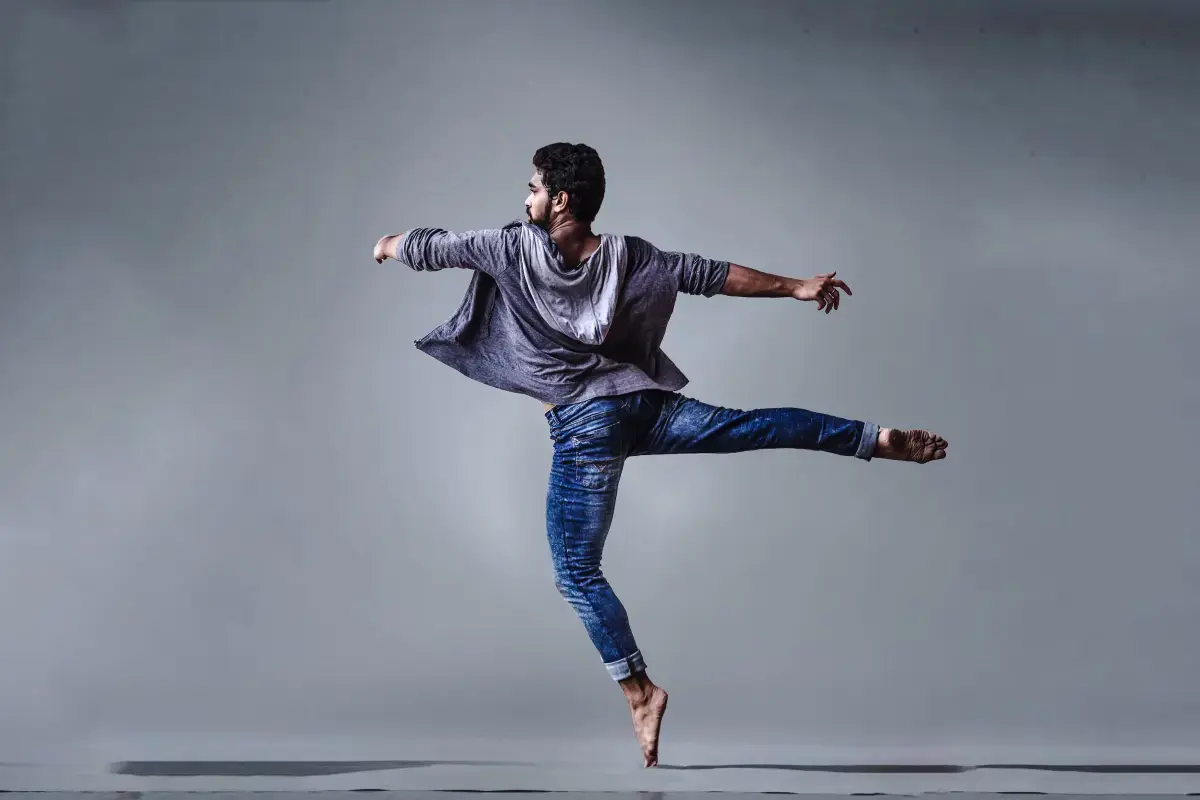
What are the roles and responsibilities of a Dancer?
A dancers roles and responsibilities vary depending on the type of dancing they do. Typically, a dancers roles and responsibilities include:
Learning new dance routines
Perfecting existing dance routines
Performing dances onstage or for an audience
Choreographing new dance routines
Teaching others how to perform particular dances
. auditioning for parts in shows or movies
. participating in rehearsals
. staying physically fit by practicing regularly
. performing stunts
. costuming
repairing costumes
creating sets
working with makeup artists
maintaining props
managing finances
promoting oneself
booking engagements
representing oneself professionally
continuing education
adhering to union rules
Types of Dance inlcude:
Salsa
Flamenco
Argentine tango
Lambada
Polka
Jive
East Coast Swing
Capoeira
Country Dance
Western Dance
Folk Dance
Ballroom Dances
Waltz
Viennese Waltz
House dance
Punk dance
Rave dance
Disco dance
Bollywood dance
Pole dance
Hip-hop
Modern Dance
Tap Dance
Burlesque
Modern Dance
Noogaloo
Street Jazz
Jookin
Funk dance
Breakdance (Breaking)
Bounce
Electric
Tango
Cha-Cha-Cha
Rumba
Samba
Mambo
Quickstep
Jive
Bolero
Jazz dance
Charleston
Swing
Tap Dance
Moonwalk
Boogie-woogie
Latin dances
Belly dance
Erotic dance
Striptese
R18 dance
Professional performance dance
Ballet
Contemporary dance
Concert Dance

Where can I find Dancer jobs?
- Create a profile on gigexchange and promote your Dancer skills to advertise you are Open to New Work Opportunities
- Ensure your Resume (or CV), or online work profile is up to date and represents your skills and experience. Ensure your reputation reflects your ability & attitude.
- Apply for Dancer Jobs advertised on gigexchange.
- Practise Dancer interview techniques to ensure you represent your personality and ability succinctly and confidently.
- Accept the job offer if the salary meets your expectations and the employer mission and purpose reflects your core values.
Jobs
What are the best job boards for Ballet Dancer jobs?

How can I hire Dancer staff online for my business?
The best job board for recruiting Dancer experts is gigexchange.com. Advertise full-time, part-time or contract jobs to find, hire & recruit trusted, experienced and talented Dancer candidates near you.

Are Dancer roles in demand in 2026?
Dancer experts are still in high demand in 2026. If you are an experienced Dancer or looking to train and become one. The job market is looking strong for Dancer jobs near me.